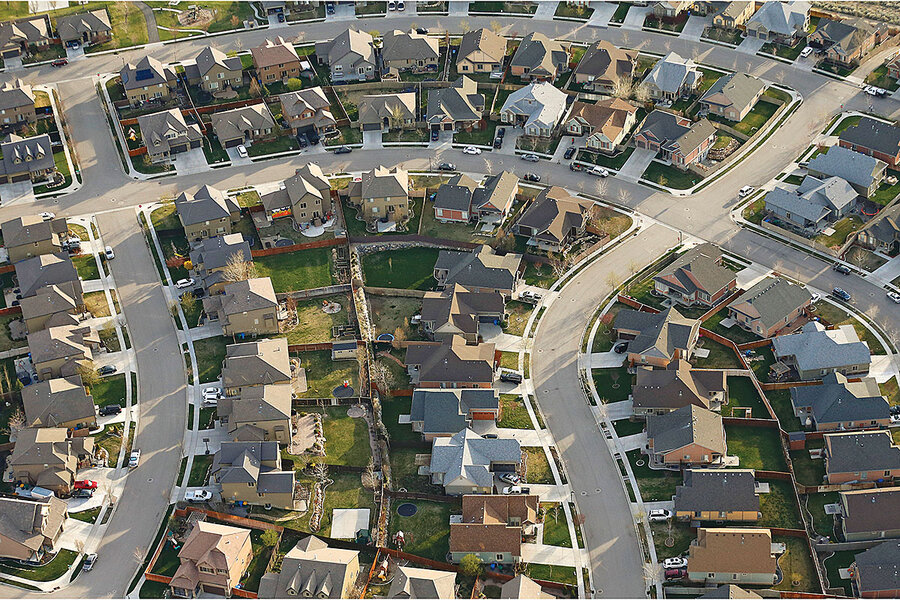The American dream, rezoned
Loading...
There’s a story that is pretty much universal for many American parents. It goes something like this: Drive the son to soccer practice. Then drive the daughter to piano lessons. Then drive the son to a weekend tournament. Then drive the daughter to a birthday party. Lather. Rinse. Repeat.
The names of the events might change or be different for every child, but the reality is the same. Parenting can often seem remarkably like a free Uber service for people who tend to leave plentiful Goldfish crumbs in the back seat. On weekends, one might as well don a chauffeur’s cap and beg the government for a tax break on mileage.
For my wife, however, this American ritual is utterly bizarre. As a typical German teenager, she had a job and friends and played on the local volleyball team, but her parents never drove her anywhere. Being chained to a steering wheel strikes her as only a notch above indentured servitude.
And that, in many ways, is what Mark Trumbull’s cover story this week is about: the desire of a rising generation of Americans to live differently – more “European,” you might say – and how they’re trying to change the century-old rules of American housing to do it.
The fact is, my wife’s parents didn’t drive her anywhere because they didn’t need to. Her German suburb looks like an American suburb – shrunk by a factor of about five. The houses are smaller, the lots are smaller, the gardens are smaller, and around most corners are buildings with multiple housing units. It’s denser. That means friends and volleyball practices and first jobs at pizza shops are all closer, and parents can tell their kids to walk or take a bicycle.
For the younger generations in America, that is an increasingly pleasing prospect. Car buying is dropping and a growing share of millennials and Gen Zers is putting off getting a driver’s license or eschewing it entirely. They want to take the bicycle. Add in concerns about climate change among many young Americans (and wanting to limit car emissions), and you get a scenario where density becomes desirable.
Yet most American neighborhoods have been designed with the exact opposite in mind. The expression “your home is your castle” gives some indication of the prevailing mindset since the 1920s, when modern single-family zoning first took hold. Who wants the smallest castle on the block?
So what is happening now, from the D.C. suburbs to California, is a recalibration of what American homeownership should look like. There are other important factors, too. The single-family mentality and its lower density mean fewer places to live – and therefore more upward pressure on home prices. That has meant many people of color have been locked out of the most common way for individuals and families to build wealth. Many young Americans say equity demands greater density.
It’s extremely unlikely that Georgia is going to become Germany anytime soon – or ever. But Mark’s story is a glimpse of how some portions of America are reimagining the American dream in ways that could shift the American experience both subtly and profoundly.








